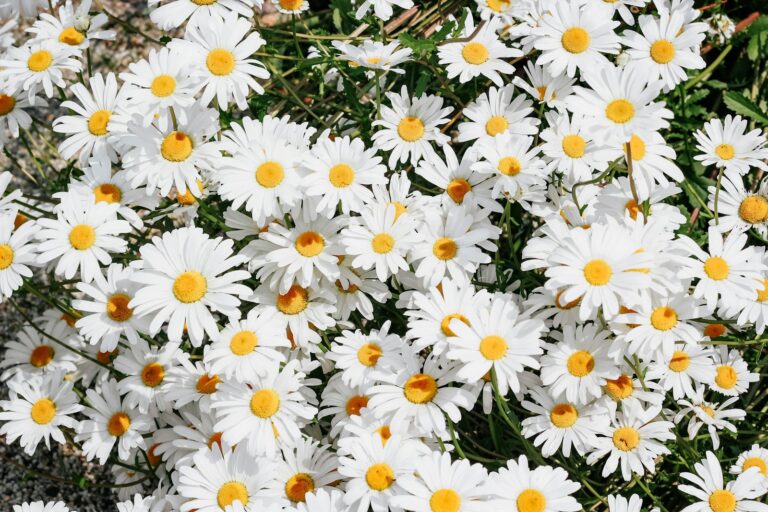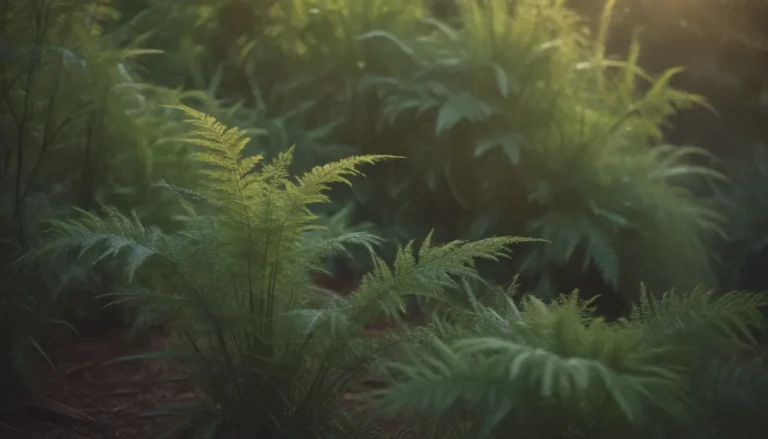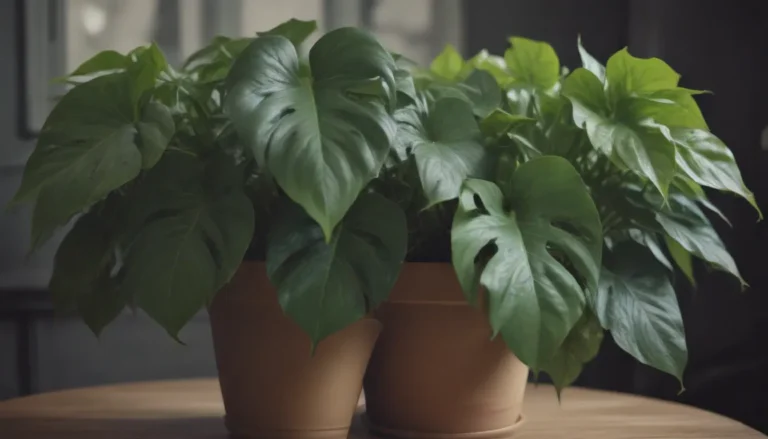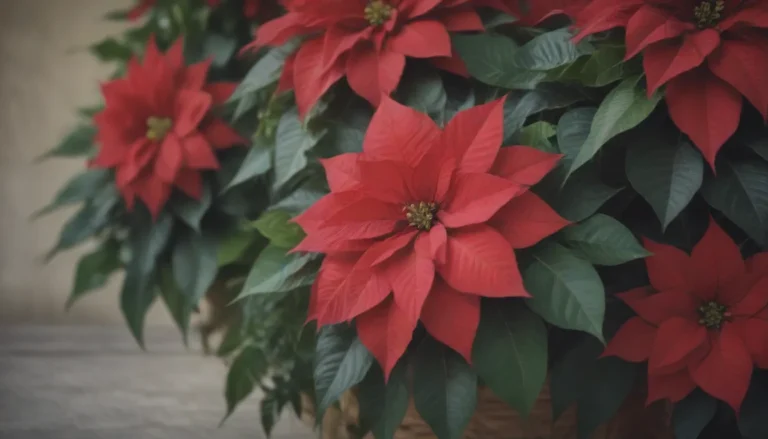How to Care for Lemon Lime Dracaena: A Complete Guide
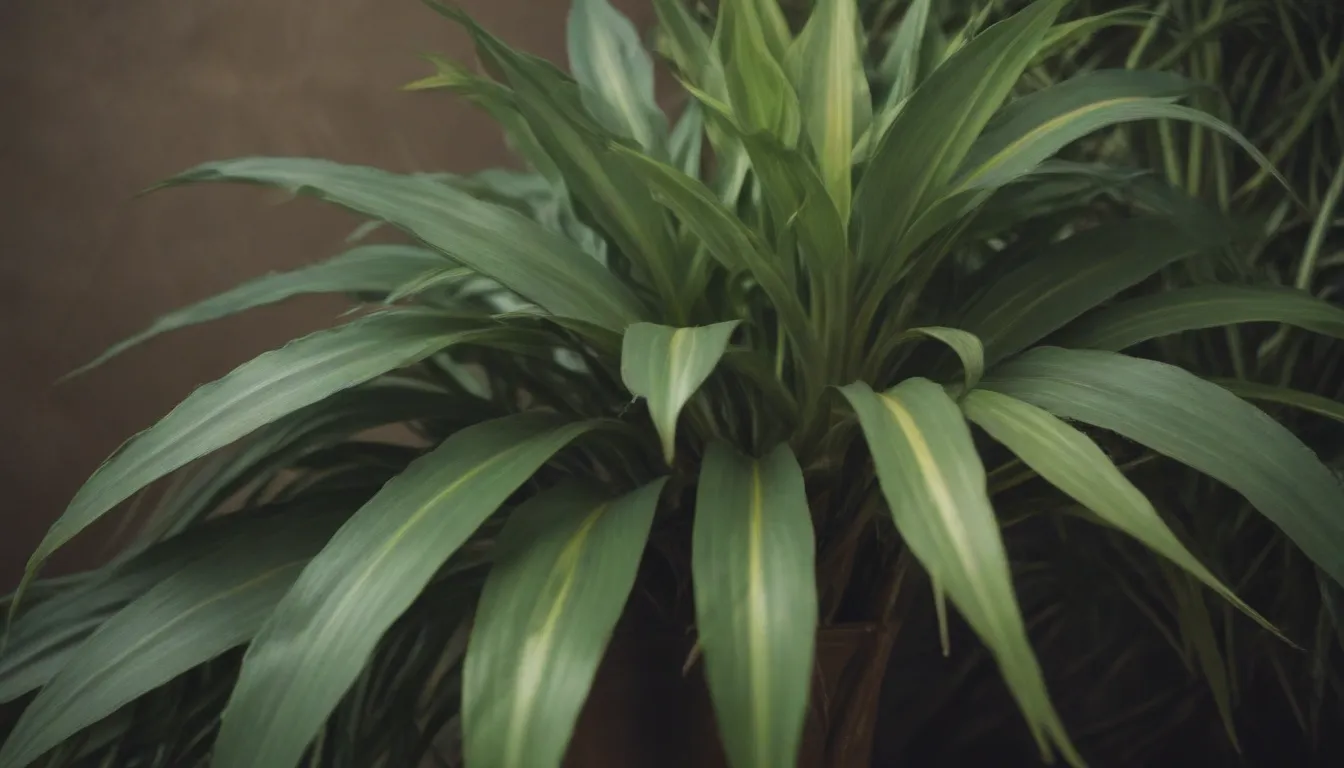
Are you looking for a beautiful and low-maintenance houseplant to brighten up your space? Look no further than the Lemon Lime Dracaena! This stunning plant, with its lime green and yellow striped leaves, is a popular choice among plant enthusiasts for good reason. Native to tropical regions of Africa and Asia, the Lemon Lime Dracaena thrives in warm, humid conditions, making it the perfect addition to your home or garden.
Why Choose Lemon Lime Dracaena?
The Lemon Lime Dracaena is not only visually stunning but also relatively easy to care for, making it an ideal plant for both beginners and experienced gardeners. Here are a few reasons why you should consider adding this plant to your collection:
- Vibrant lime green and yellow striped leaves add a touch of tropical flair to any space.
- Can grow up to five to seven feet tall indoors, making it a great indoor tree option.
- Tolerant of a variety of light conditions, from bright to low light.
- Low-maintenance and forgiving, making it perfect for busy plant owners.
Lemon Lime Dracaena Care Tips
Taking care of your Lemon Lime Dracaena is simple once you understand its basic requirements. Here are some essential care tips to help your plant thrive:
Light
Place your Lemon Lime Dracaena in a location where it will receive bright to medium indirect light every day. While it can tolerate low light, ensure it gets enough light to prevent legginess and dull colors. Avoid direct sunlight, as it can cause leaf burn.
Soil
Use a well-draining potting mix rich in organic materials for your Lemon Lime Dracaena. A mix of indoor potting soil, coco coir, perlite, and sand works well to provide the plant with the nutrients it needs.
Water
Allow the soil to dry at least halfway between waterings to prevent overwatering. Water your plant once a week during the active growing season (spring and summer), and reduce watering in the fall and winter when the plant is dormant.
Temperature and Humidity
Keep your Lemon Lime Dracaena in temperatures between 70 to 75°F (21 to 25°C) and avoid temperatures below 60°F (16°C). The plant thrives in average household humidity levels but can benefit from added humidity, especially in drier climates.
Fertilizer
Apply a balanced indoor plant fertilizer once a month during the spring and summer to encourage healthy growth. Stop fertilizing in the fall and winter when the plant is not actively growing.
Propagating Lemon Lime Dracaena
Propagating your Lemon Lime Dracaena is a great way to grow new plants or repurpose stem cuttings. Here’s how you can propagate this plant in a few simple steps:
- Take stem cuttings from the plant during the spring or summer when it is actively growing.
- Root the cuttings in water, soil, or sphagnum moss, depending on your preference.
- Monitor the cuttings and provide them with proper care until they develop roots.
Potting and Repotting
Repot your Lemon Lime Dracaena once it outgrows its current container. Repotting is usually required every one to two years for smaller plants and every three to five years for more established plants. Here’s how to repot your plant:
- Choose a new pot that is slightly larger than the current one.
- Gently remove the plant from its current pot and replant it in the new pot with fresh soil.
- Water the plant thoroughly after repotting and place it in a location with adequate light.
Common Pests and Plant Diseases
Keep an eye out for common pests such as mealybugs, scale, spider mites, and thrips when growing your Lemon Lime Dracaena indoors. Aphids can also be a problem when the plant is grown outdoors. Regularly inspect your plant for pests and treat them promptly to prevent infestations. Root rot is a common disease that can affect the plant due to overwatering or poor drainage.
Common Problems With Lemon Lime Dracaena
While the Lemon Lime Dracaena is a relatively low-maintenance plant, you may encounter a few issues as you care for it. Here are two common problems and how to address them:
Brown Leaves
Brown leaves can be a result of underwatering, lack of humidity, too much sunlight, pests, or other environmental stressors. Monitor your plant’s growing conditions and adjust as needed to prevent further leaf damage.
Yellow Leaves
Yellow leaves may indicate a lack of light, underwatering, overwatering, pests, nutrient deficiencies, or over-fertilization. Assess your plant’s environment to determine the cause of yellowing leaves and make appropriate changes to care for your plant.
In conclusion, the Lemon Lime Dracaena is a beautiful and versatile plant that can thrive in a variety of indoor and outdoor settings. By following these care tips and troubleshooting common issues, you can enjoy a healthy and vibrant plant that will add a touch of tropical charm to your home or garden. Happy growing! 🌿
